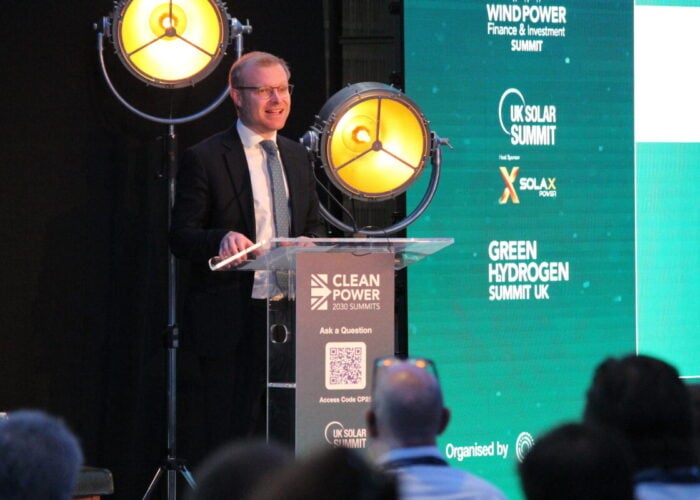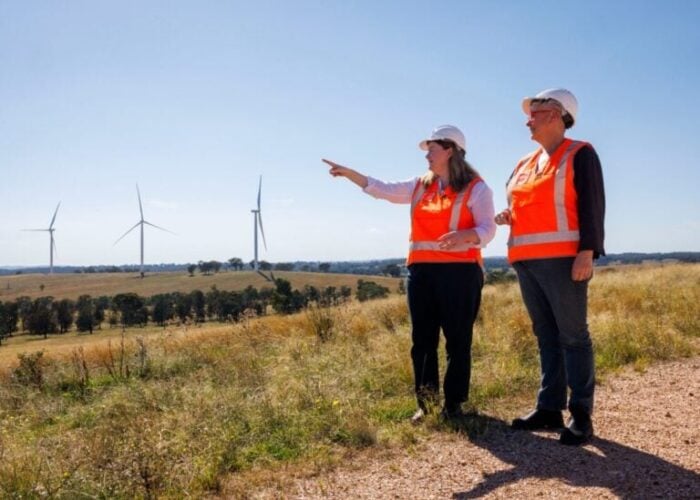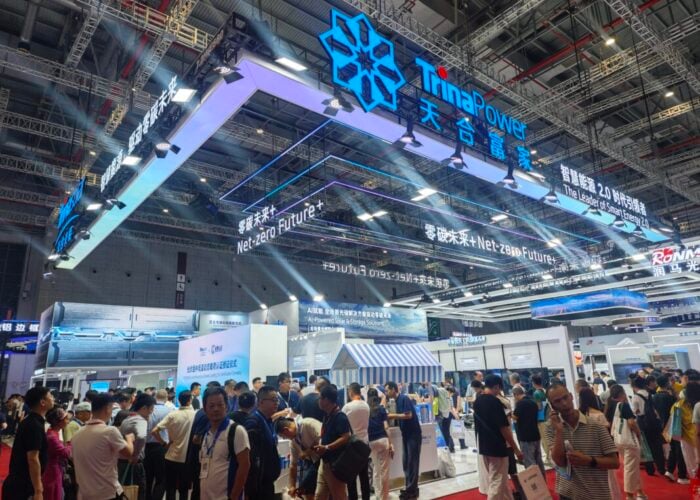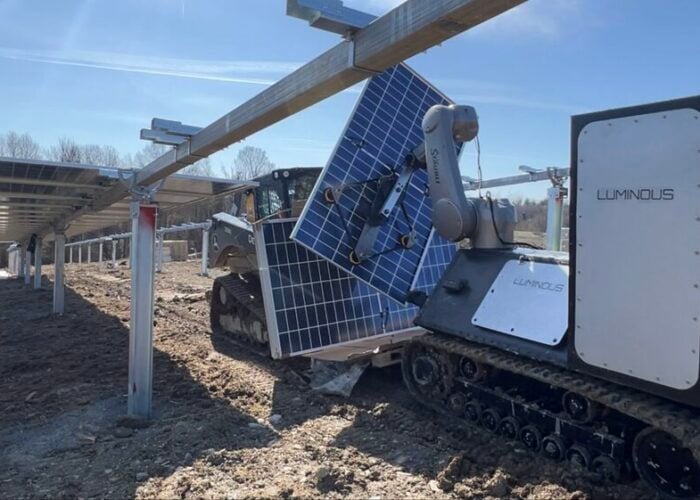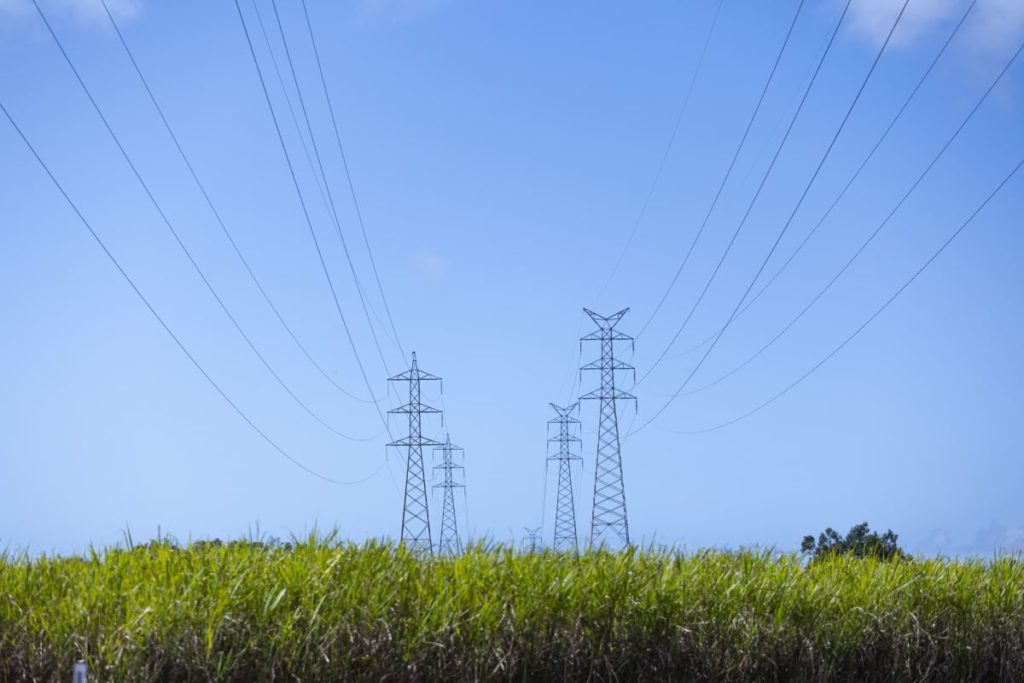
The Australian Energy Market Operator (AEMO) has revealed that by 2050, grid-scale wind and solar in Australia will see a six-fold increase to 127GW, whereas distributed solar PV will increase four-fold to 86GW.
Released today (26 June), AEMO’s 2024 Integrated System Plan (ISP) provides an updated 30-year roadmap for the transition of the National Electricity Market (NEM) and what will be required to meet future energy needs and demands by 2050 and the 82% renewables target by 2030.
Unlock unlimited access for 12 whole months of distinctive global analysis
Photovoltaics International is now included.
- Regular insight and analysis of the industry’s biggest developments
- In-depth interviews with the industry’s leading figures
- Unlimited digital access to the PV Tech Power journal catalogue
- Unlimited digital access to the Photovoltaics International journal catalogue
- Access to more than 1,000 technical papers
- Discounts on Solar Media’s portfolio of events, in-person and virtual
AEMO sought the thoughts, input, and review of more than 2,100 stakeholders representing government, industry, consumer, and community perspectives. AEMO CEO Daniel Westerman revealed this was a “record number of stakeholders”.
The 92-page 2024 edition of the ISP’s ‘Optimal Development Path’—the lowest-cost path to net zero for Australia—signals that the transition will have an annualised capital cost of AU$122 billion (US$86 billion) by 2050 and focuses on the new grid-scale generation, firming, storage, and transmission needed in the NEM.
In addition to the shift from coal to firm renewables and low-emission sources, the NEM will “triple its capacity to meet future demand and facilitate a two-way flow of electricity across the networks”, the report read. This would help connect new renewable energy generation with consumption to soar to 313TWh by 2050.
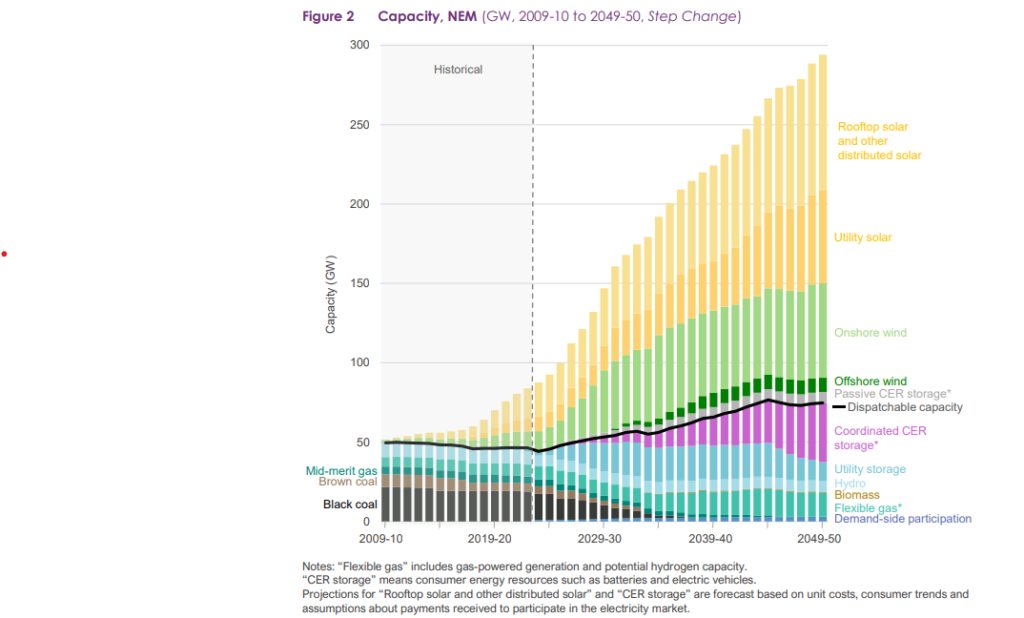
Grid investment must be increased to AU$16 billion
The previous ISP, released in 2022, called for AU$12 billion in grid investment, as reported by PV Tech. Industry stakeholders criticised the previous ISP for not being ambitious enough, and thus the latest edition calls for AU$16 billion to be invested.
Transmission projects must be rolled out to facilitate new renewable energy, with AEMO predicting that around 10,000km will be needed. For this, AEMO calls for AU$16 billion to be invested in several projects, all of which could recoup their investment costs, save consumers AU$18.5 billion in avoided energy costs, and deliver emissions reductions valued at a further AU$3.3 billion.
Ten projects, or 2,500km, are already underway, and this plan identifies a further seven projects that should now progress through planning and delivery.
Rooftop solar will be key
A key aspect of the ISP roadmap is the role households could have in supporting the journey to net zero. According to the document, battery energy storage and rooftop PV will be important as households become more energy-conscious and efficient. This, in turn, could help mitigate some concerns about coal-fired plants being turned off before 2050.
Rooftop solar is already a well-established market in Australia. The technology alone contributed more electricity to the grid in the first quarter of 2024 (13%) than grid-scale solar, wind, hydro or gas, AEMO said. It is expected to continue its impressive installation figures, and surge to 86GW by 2050 to be a core component of energy generation.
AEMO said that home batteries, if well coordinated, can save consumers around AU$4.1 billion in avoided costs for additional grid-scale investment.
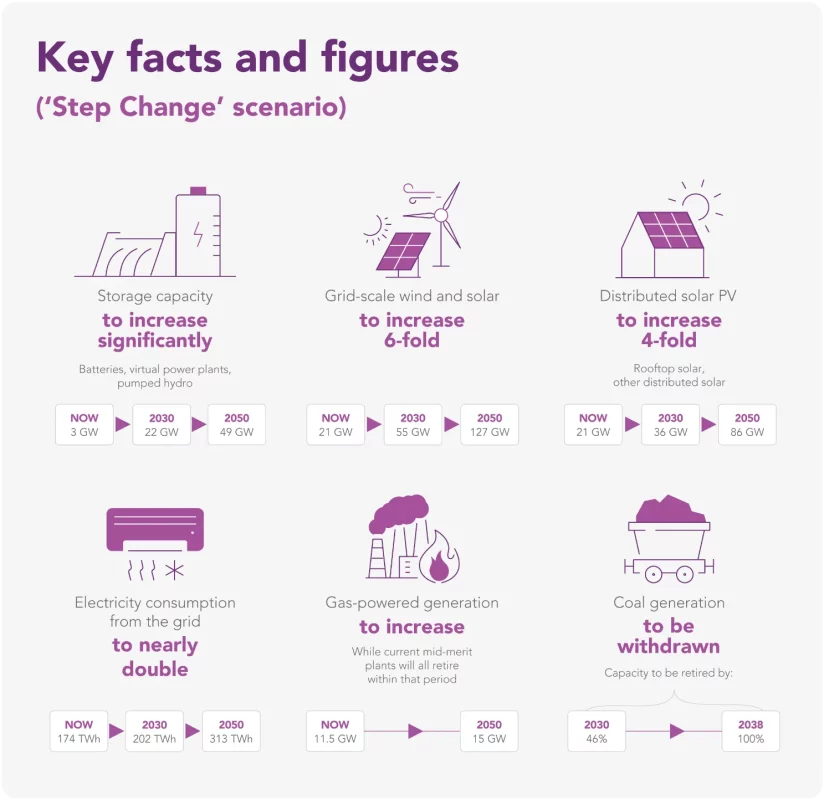
The end of coal-generation brings challenges
As referenced within the ISP, one of the biggest challenges the NEM will face is the decommissioning of coal-fired power plants and the gap in energy generation that this will likely cause. Coal generation will be fully withdrawn by 2038, and thus, the NEM must almost triple its new generation capacity to supply energy by 2050 to replace this and meet increased electricity consumption as other sectors decarbonise through electrification.
Because of the loss of coal, consumers are expected to play a vital role in the energy transition through several different technologies, including consumer energy resources such as solar, battery storage, electric vehicles, and virtual power plants, to bring them all together.
“Consumers are already a driving force in Australia’s energy transition and this is set to continue. If consumer devices like solar panels, batteries and electric vehicles are enabled to participate in the energy system actively, then this will result in lower costs for all consumers,” Westerman said.

